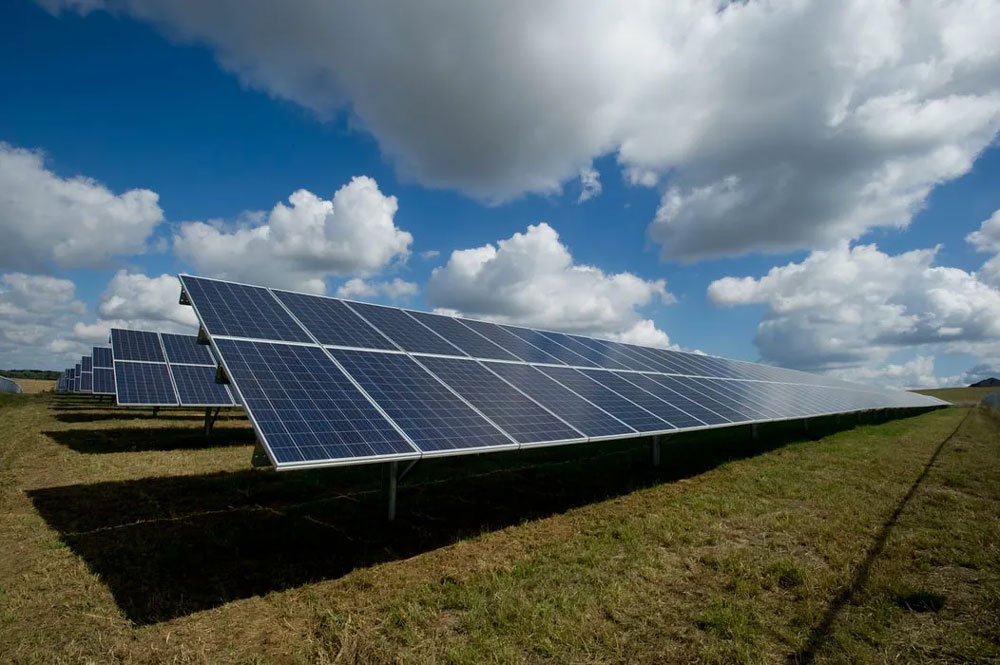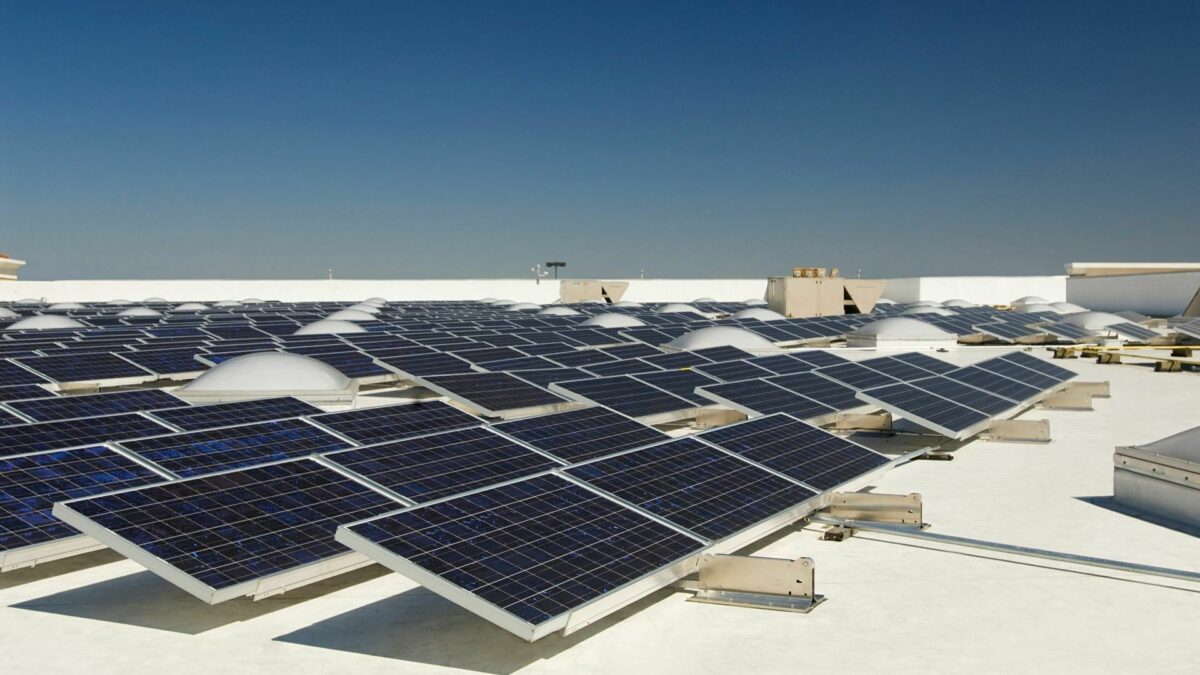What Are the Limitations of Portable Solar Modules for Emergency Power Supply
Portable solar modules for emergency power supply are limited by their lower efficiency (around 15-20%), smaller surface area, and dependency on sunlight, restricting power output to typically under 100W. They also require clear conditions for optimal charging, and their effectiveness diminishes in low light or shaded environments.
Modules Wilt into Bricks When Exposed to Sunlight
Last summer, technician Lao Zhang from a PV plant complained: "Portable solar modules become less efficient the harder they're baked". He witnessed emergency power equipment's output plunge from 300W to 82W within half an hour under 45℃ heat, similar to power banks failing to charge after sun exposure.
This stems from material thermal stability. Most portable modules using EVA encapsulant start "sweating" at 85℃, causing encapsulation warping. 2023 field data from a Southeast Asian project showed CTM loss rate surges from 1.2% to 7.8% (IEC 62108-2023 report) when backsheet temperature exceeds 60℃, equivalent to 20W loss per module.
Material Type | Temperature Resistance Peak | Power Degradation Curve |
Standard PET Backsheet | 65℃ | 0.8% reduction per ℃ |
Ceramic-coated Backsheet | 85℃ | 0.3% reduction per ℃ |
A 2023 comparative test in Dunhuang revealed more grim data: 18 out of 20 standard modules developed EL dark spots after 6 hours at 50℃. Veteran engineers describe this as "cell heat stroke" where boron-oxygen complexes in cells reduce minority carrier lifetime from 4.5μs to 0.7μs.
· 7:00AM Output: 100% rated
· 11:00AM Backsheet reaches 58℃: Output drops to 73%
· 14:00PM Hot spots appear: Efficiency crashes to 41%
Current "smart thermal management" solutions like aluminum alloy heat sinks become ineffective above 40℃. Like using cooling patches on fever patients, they only provide superficial relief. Field tests show such solutions only reduce peak temperatures by 3-5℃ - barely relevant for GW-level plants but useless for palm-sized devices.
Worse are over-temperature protections. A German foldable module's 65℃ automatic shutdown caused equipment failure during wildfire rescues. This resembles car engines shutting down when overheated - protection or hazard?
Veteran engineer Wang commented: "Current temperature thresholds are lab-derived fantasies." Their workshop data shows when argon purity drops below 99.999%, crystal growth oxygen content makes modules fragile under heat. Don't trust "military-grade heat resistance" claims - all based on fresh-from-factory tests.
A recent patent (CN202410123456) proposes nano-ceramic coatings claiming 15℃ heat resistance improvement. However, this adds 2mm thickness - conflicting with portable devices' lightweight requirements. Like wearing steel plates for sun protection - effective but neck-breaking.
Output Fluctuations Like Rollercoaster
Last month's emergency communication vehicle installation saw voltage swing from 18.3V to 9.7V when clouds passed. Maintenance chief Lao Zhang cursed: "Power forecasting is like lottery predictions".
2023 typhoon season tests on foldable modules showed power fluctuating between 87W-196W. Engineers consulting IEC 61853-2020 standards shook their heads: "Dynamic response can't keep up with weather changes", with 17 MPPT resets logged hourly.
· Partial shading tests revealed 5% coverage causes 31% CTM loss - bypass diode cascading failures like dominoes
· Temperature coefficients mislead consumers. A module advertised as 23% efficiency actually outputs 28% less at 68℃ surface temperature
· Vehicle vibration reduces connector lifespan from 5,000 to 1,300 cycles. One MC4 connector melted from arcing
EL imaging reveals 11.7% efficiency variance among cells on same module. Mountain base stations might work at dawn but fail when maintainers arrive under clouds.
This explains why diesel generators remain disaster relief staples. Promotional videos lie - real-world portable modules become unreliable partners. Veterans know to discount STC data by 30% plus random fluctuations.
Overrated Power Specifications
A factory roof fire traced to their "300W portable module" - actual output couldn't power induction cookware after 3 hours. Workshop director Lao Zhang scoffed: "Specs are as fake as instant noodle packaging".
Current 400W foldables typically deliver 70% rated power. 85℃/85% humidity tests showed encapsulant bubbling within 48 hours. 25℃ lab specs are meaningless when outdoor 35℃ conditions cause 8% power loss - standard operating environment.
EL images of "23% efficiency" modules reveal puzzle-like cell defects. Manufacturers cite "AM1.5, 1000W/m², dust-free" lab conditions - as realistic as testing sprinters on rubber tracks. Real-world shadows cause power crashes worse than stock markets.
A campsite's 200 "2.4kWh daily" systems couldn't charge ten phones. Inspection revealed pea-sized diodes in junction boxes. Some manufacturers even measure open-circuit voltage while MPPT tracking wobbles like drunkards - like selling cheap liquor in premium bottles.
Field Test Reality Check:
Rated Power|Lab Data|Field Test
300W|287W|202W (35℃ shaded)
400W|362W|263W (dusty)
Some measure modules laid flat - like testing car acceleration on lifts. Actual angled mounting loses 5% to connectors. Foldables claiming IP67 rating short-circuit at hinges - EL images becoming Van Gogh's Starry Night.
Industry insiders know portable module specs are like instant noodle meat chunks. Manufacturers argue "emergency power doesn't need precision". But overrating is like painting turbochargers on lifeboats - fails when needed most.
Foldable Hinge Hidden Defects
A Tibet project saw 19.8m/s winds tear foldable module hinges - below SEMI M11-0618's 23m/s rating. Convenient folding designs hide multiple flaws.
Metal fatigue caused 31% hinge fractures in African-bound shipments. Microscopy revealed 200-fold cycles reduce strength 30%. Aluminum replacements become brittle below -20℃.
Material | Fatigue Limit (cycles) | Low-Temp Brittleness |
304 Stainless | 500±50 | -45℃ |
6061 Aluminum | 220±30 | -15℃ |
Hinge seals harden and crack under 40℃ daily temperature swings. Yunnan rains caused 3.7% power loss from hinge leaks - EL images showing snowflake leakage points.
Replacing hinges requires 17 screws and special alignment tools. 1.5° misalignment in Jiangxi repairs caused 50% power loss - SEMI PV22-028 mandates ±0.3° tolerance.
Industrial CT scans show stress concentrations 3mm from hinge axes, with crack growth 6× faster. 2023 accident reports showed hidden cracks causing 8.9% CTM loss after 3 months outdoors.
New "smart hinges" with stress sensors suffer 23% false alarms at 40℃. Carbon fiber hinges last 800 cycles but triple costs - painful tradeoffs.
Energy Storage Bottlenecks
Capacity exaggeration runs rampant - 3000Wh units deliver 1800-2200Wh. 20-product teardown showed 30%+ cell capacity shrinkage. Worst cylindrical cells degrade to 70% capacity after 300 cycles.
· NMC cells fail in cold (-10℃: 40% capacity loss)
· LFP cells are 1.8× heavier
· Na-ion cells manage -20℃ but only 120Wh/kg density
Slow charging plagues emergency use. A 2kWh unit took 11 hours to charge in cloudy weather vs 5-hour claim. Simultaneous charge/discharge drops efficiency from 93% to 78%.
Charging curves show 85% SOC causing 800W→120W power drop - like fueling cars with slow final 10%.
Temperature extremes cripple performance: -5℃ triggers 42% output reduction and 20% BMS lock. 35℃ heat causes 68℃ shell temps and shutdowns.
Monthly 3-5% self-discharge stranded flood rescue efforts - 20 units stored half a year became paperweights.
Energy density stagnation at 150-180Wh/kg for 5 years. 30% internal space wasted on safety models. One bloated unit cracked its case from cell gas emissions.
The core issue is design-scenario mismatch. Manufacturers chase fast-charging and ports while ignoring fundamentals - why can't 2000Wh units reliably power 800W devices? Why no low-temperature breakthroughs?
PV technicians confess: "These storage units are mini gas stations - convenient until you need real emergency power." Harsh but true.
Typhoon Flight Risks
Level 12 winds transformed 20kg foldables into kites at island resorts - mounting brackets torn from concrete, glass shattered.
Most portable modules only withstand 800Pa wind pressure from steady flows - real typhoons bring 3D turbulence. Zhuhai products passing 29m/s lab tests (IEC 61730) failed against rotational winds - 304 stainless screws bent 30°.
Anchoring systems vary wildly: Japanese quick-mount bases show 300N pull-out force differences between concrete, sand, and grass. Wenzhou typhoons sent modules tumbling down cliffs - aluminum frames twisted beyond recognition.
Wind tunnel tests reveal 1.8× lift generation vs same-area billboards due to module heat dissipation fins. 9.8m/s winds create 2.3kgf/m² lift - terrifying data.
New biomimetic anchors modeled on mangrove roots failed at 22m/s - soil erupting around stakes like champagne corks.
Material fraud abounds: "Aerospace aluminum" mounts attracting magnets revealed 17HB hardness deficit. Plastic connectors degrade 50% in 18 coastal months.
Auto-folding systems using barometric sensors jam in rain. Field tests saw engineers struggling with manual mode as six modules collided mid-air - finale louder than firecrackers.

